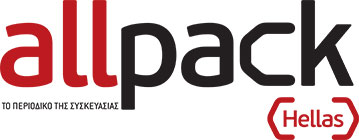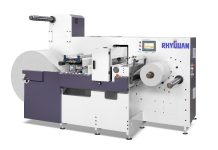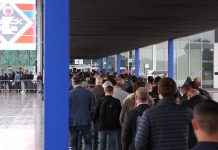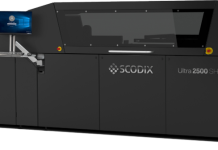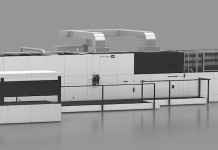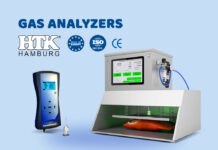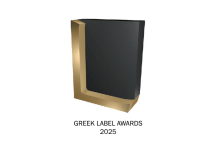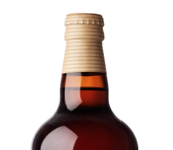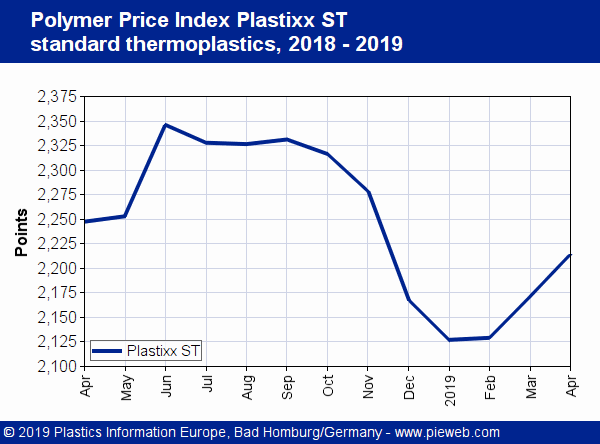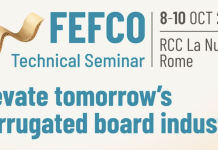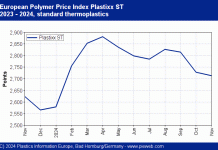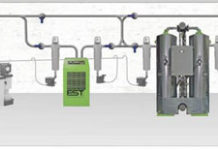PE: European PE producers crossed what, from their point of view, was the first hurdle in April 2019 as most of them managed to pass on their increased costs in full and thus bring the margin decline to a halt. In some cases they were even able to win the first – albeit very small – margin gains, especially in large-volume businesses with the film grades. All injection moulding grades, on the other hand, were below average. Because April was split into two halves by Easter, business was calm at the beginning of the month, but afterwards the volume of incoming orders started to rise considerably. The rising prices of oil-based products with the prospect of subsequent cost increases for petrochemicals began to lift demand in the second half of April, so that the latest rise in the ethylene reference, the start of the cracker maintenance season and the long working month of May will certainly not have any negative influence on business activity this month. Against this background, significant price increases right across the PE portfolio can be expected.
PP: European PP producers would have loved to substantially improve margins in April 2019, but demand was too weak to do much more than pass on the EUR 20/t increase in the propylene reference contract. Due to their tenacity, they were at least able to pull low-lying prices up. For compounds, all they could do was factor in the cost increase, as already agreed. Producers of standard grades at least stand to achieve more substantial margin improvement in May. The livelier demand will meet a still-short supply, as post-Easter ordering in the last week of April indicated. Despite this, producers will not be able to make large price strides as demand generally is too weak. Compound prices will remain in the doldrums, anyway, due to the soft automotive demand.
PVC: In Western Europe, a clear majority of contracts for both S-PVC base and E-PVC were settled with an increase equivalent to the pro-rata ethylene reference. Despite various production bottlenecks, sufficient quantities were available to customers. The Easter holidays had only a slight impact, mainly due to reduced activity at customer companies. With additives, TiO2 remained stable, while plasticisers, flame retardants and stabilisers tended upwards. The situation on the cost side points to a further increase in PVC notations. Due to poor caustic soda prices, producers are also under growing pressure to increase their polymer margins. The hikes will thus reflect the rise in costs at the very least.
Styrenics: In Western Europe, the EUR 97.5/t increase in the styrene reference for April 2019 contributed to the continuing rise of styrenics prices. However, the increases did not always reach the full extent of the cost increase. On the one hand, demand was restrained, especially for PS and ABS. On the other hand, many processors kept order volumes as low as possible after the sharp increase in prices, relying on their inventories instead. There are signs of further hikes in May, but these are likely to be more moderate than in the two previous months. The SM reference rose by EUR 32.5/t for May, and as usual, this should be regarded as a guideline. However, a dampening effect is stemming from the low mood in the economy and the rollover of butadiene in the case of ABS.
PET: European PET suppliers had hoped that demand would pick up in April with the arrival of spring. They were disappointed, however, and demand remained on the sluggish side both up to and during Easter. At the same time, imports were not unfavourable and costs developed sideways. This meant that producers even had to reduce prices in some cases, especially where these had previously been at a high level. Most medium- and large-sized orders were settled at a rollover. The price of secondary PET also remained stable. Notations should stabilise or firm in May. Oil prices have risen and there are fears of an increase in petrochemical costs. This is the minimum that suppliers would wish to pass on. It is the development in demand that will be the decisive factor, and demand ought to pick up. Depending on how pronounced the trend is, the range is set to extend from rollovers to noticeable increases.
